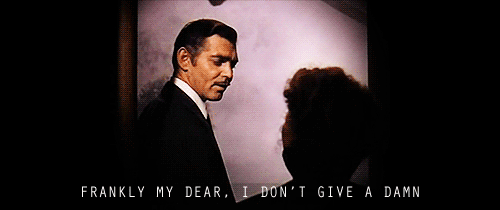- "Frankly my dear, I don't give a damn..."
ExistentialismExistentialism is a concept that is often explored in works of literature as a way of displaying a character s interaction with society. Existentialism is defined as: "an introspective humanism or theory of man that holds that human existence is not exhaustively describable or understandable in either scientific or idealistic terms and relies upon a phenomena-logical approach that emphasizes the analysis of critical borderline situations in a man s life and especially of such intensely subjective phenomena as anxiety,suffering, and feelings of guilt in order to show the need for making decisive choices through a utilization of man's freedom in an uncertain, contingent, and apparently purposeless world". Invisible Man begins with the narrator suffering from a complete lack of self-worth, constantly living life to conform to the wishes of others. He tries to be what people want him to be, act as they would like him to act, despite the warnings of his grandfather. He surrenders his own free will and his ability to make his own decisions. Throughout a multitude of absurd situations, including those with Mr. Norton and the confrontations with Dr. Bledsoe, he feels it his destiny to do as he is told, no matter how absurd the situation is, in order to fulfill his dreams. These absurdities spawn his existentialist approach to life. The shock treatments that he underwent marked a rebirth for him as it marks the threshold of the beginning of his quest for self-worth. "Perhaps I was catching up with myself and had put into words feelings which I had hitherto suppressed. Or was it, I thought, starting up the walk, that I was no longer afraid? I stopped, looking at the buildings down the bright street slanting with sun and shade. I was no longer afraid. Not of important men, not of trustees and such for knowing now that there was nothing which I could expect from them, there was no reason to be afraid." This marks the narrator's beginning of his existential way of life, living for himself and experiencing complete free will.
2. "It's that time of month again...."
Feminism
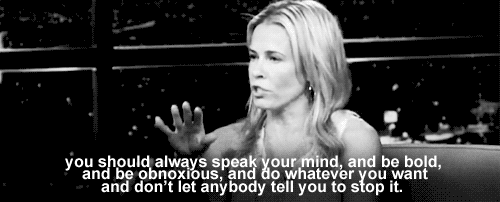
3. "Sell a man a fish, he'll eat for a day. Teach a man how to fish, you ruin a wonderful business opportunity."
Marxism
The literary analysis that prevails within the 10th chapter of the book is a Marxist criticism. The chapter focuses on describing the class structure and social and economic differences that exist within the context of the novel. The chapter depicts the division between the upper and working class and the racial separation that dominates the era. The narrator starts working at a paint factory and begins a whole new chapter of his life after getting kicked out of the college. The narrator tries to conform to the new environment he is in and tries to follow everything that he is asked to do, as Kimbro tells him, “You just do what you’re told” . He then becomes more exposed to the division between classes.The narrator is mixed in and is now part of the working class represents all the African-Americans who have gone to college, “colored college boys” , and received higher education but are still put inferior of the whites. The level of intelligence that a black person has plays no significance. Blacks will always be inferior to whites. The conflict between classes is introduced and further emphasized. The worker’s union, that the narrator becomes aware after being accused of being a “fink”, presents the concept of people of the same class organizing to form a faction of the society that aims to fight against the upper class. The work benefits the white upper class because it portrays and implies the supremacy and power it possesses over the blacks that compose and represent the middle/working class. The chapter provides different symbols and representations of the ongoing class struggle.
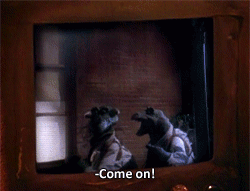
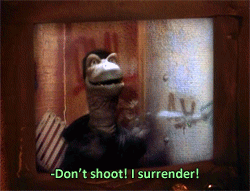
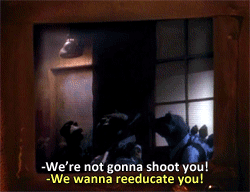
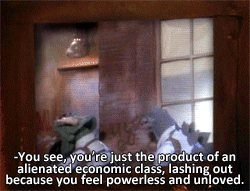
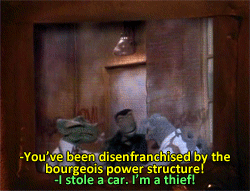
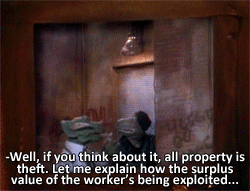
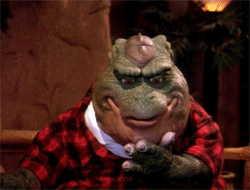
4. "The Christians might say that God was white, but in every movie God is played by Morgan Freeman."
Racism
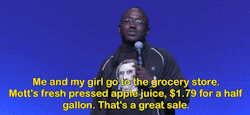
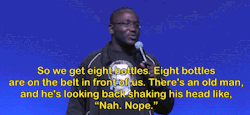

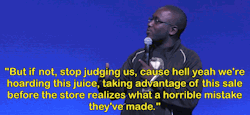

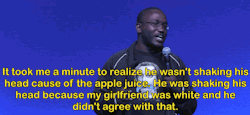
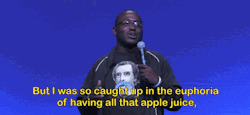
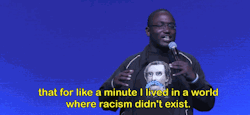
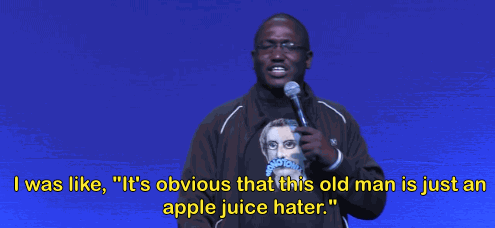
As an educated African American in the South and the North during a time of great racial suppression, it was hard for Invisible Man to be seen as the scholar that he truly had the ability to become. This can be seen in multiple places in the novel including how Invisible Man and nine other African Americans were used as a form of entertainment to the white community leaders of the southern town in which the Invisible Man lived and went to high school. The preconceived notions of the white men made them see the ten black men as nothing more then meat that they can use as fun in which they have them do terrible things to themselves and to one another. These men were not just the typical uneducated white man, “They were all there—bankers, lawyers, judges, doctors, fire chiefs, teachers, merchants. Even one of the more fashionable pastors.” The way in which the black men were blindfolded and told to fight one another shows how the white men in attendance had no concern for their well being, they just wanted the insurance of a fun evening of laughing at these innocent men, whom which they plan on shouting at and belittling. They had only black men to compete in the battle royal, for they were aware of the level of embarrassment that this task would bring upon all involved but thinking how they did, they thought the “niggers” would not care, for they were not human enough to fell humiliation. This occurrence alone is enough to prove that this episode of the novel can show the ruthlessness of racism in America. Yet, the troubles for these poor men for the evening were not over.Though the main character remains confused, there are certain instances based on racial incidents that allow the character, if not to have found himself, to ponder more and deeper questions about his identity. But are not such questions, even though they have not explicit answers, positive? Is not the quest for knowledge and for self-realization positive? It is implicitly within these questions that plague our Invisible Man that we can find our traces of the positive aspects of racism. Subtle as they may be, this aspect of the novel is the only positive element in racism as it is presented by Ellison.
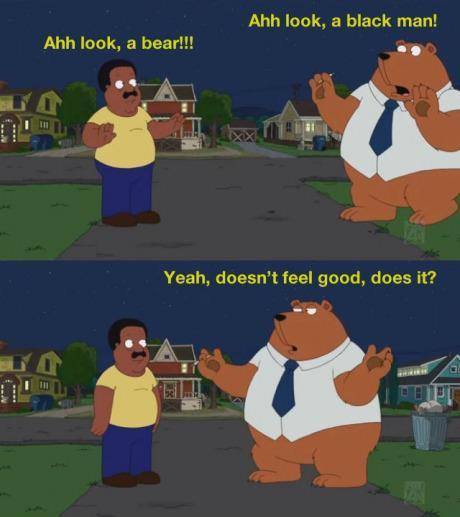
5. "We've got the Legs, the Nose, and Mrs. Robinson..."
Stereotyping
In Invisible Man, Ellison describes stereotypical female characters in the novel. When the protagonist is invited to give a speech to a group of important white men in his town, a white blonde woman is portrayed as a seductress. The character’s name is not mentioned, and only her physical attractiveness is describes such as “The hair was yellow like that of a circus kewpie doll, the face heavily powdered and rouged, as through to form an abstract mask, the eyes hollow and smeared a cool blue, the color of a baboon’s butt.” (19) In the novel, the protagonist shows that he wants to protect the woman, and Ellison tries to differentiate the black character from lustful white characters. However, the way Ellison describes the female character is inconsistent. In the novel, black women are also stereotypically portrayed. The daughter of Jim Trueblood is impregnated by her own father. Furthermore, in the scene of The Golden Day, black women are mentioned as prostitutes. Their descriptions are mainly based on their appearance, and they are portrayed as sexual objects as well.
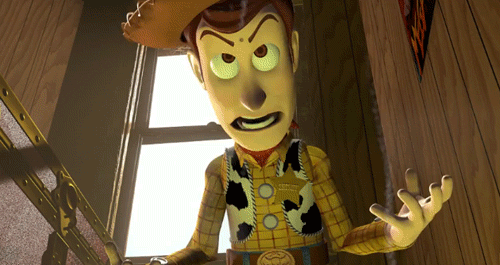 |
| My reaction in response to the degradation of females in IM. |
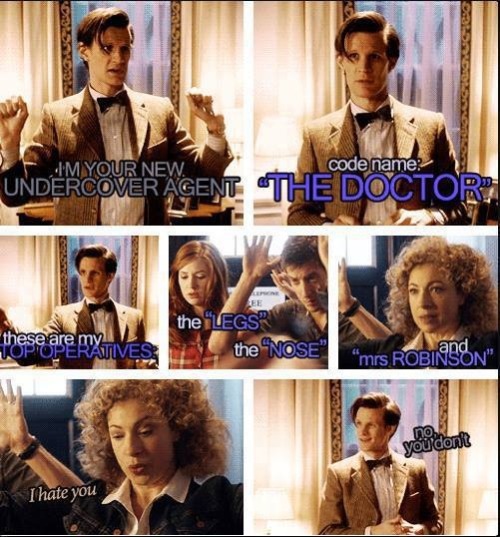 |
Even the Doctor has issues labeling...6.Three workers find themselves locked up, and they ask each other what they’re in for. The first man says: “I was always ten minutes late to work, so I was accused of sabotage.” The second man says: “I was always ten minutes early to work, so I was accused of espionage.” The third man says: “I always got to work on time, so I was accused of having a Western watch.”
Communism
According to many critics, this novel definitely represents what we call communism. Ellison believed in a communist society by what he wrote or symbolized through his writings in the Invisible Man. Find your own true identity because everyone is equal in some way or another. Communism is in the society of today s world, and the world throughout the book. Does the communist way of life help or hurt the community? When the invisible man made his speech out of humanistic concern for the elderly couple, Brother Jack believes one cannot waste time on individuals because they are already lost. The Brotherhood has good goals but an ideological dogma and a communistic appearance .That 's a good word, Dispossessed ! Dispossessed, eighty-seven years and dispossessed of what? They ain't got nothing, they caint get nothing, they never had nothing. So who was dispossessed? I growled." . This symbolizes the elderly couple as all of the Negroes. The dispossession that occurs in Harlem is no different from the dispossession of the Negro race as a whole. Brother Jack said, Yes, of course. And you made an effective speech. But you mustn' t waste your emotions on individuals, they don t count.This is saying the basic concepts of the Brotherhood, which is working for their rights, but only to advance the movement and not to assist the individuals in need. This also reinforces the communism issue portrayed in the novel.
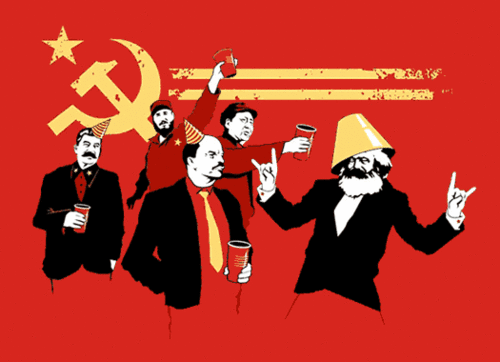 7. "Give a man a mask, and he will show you his true face..."
Masks
Ellison utilizes the use of masks to convey the theme of racism in the novel. In chapter six, the unnamed narrator meets with Bledsoe to discuss the afternoon's events. Bledsoe is exceedingly furious and decides to punish the narrator for driving Mr. Norton to the black quarters and the Golden Day. "'Ordered you,?' he said. 'He ordered you. Dammit, white folk are always giving orders, it's a habit with them. Why didn't you make an excuse?...My God, boy! You're black and living in the South- did you forget how to lie?'" . This exchange between the two characters depicts Bledsoe's true character. He tells the narrator that certain white people tend to give foolish orders; it is quite ironic because Bledsoe, himself, is a white male. In addition, he makes a stereotypical reference that generally, the black race are liars and calls the narrator as one of them. The scene illustrates Bledsoe's role as the manipulator. He uses his status in college to hold a powerful position over others. Thus, this power hinders the social progression for the black community. Bledsoe behaves in this manner because he fears that if he does not discipline the narrator, then he will lose his authority. Bledsoe uses a form of a mask to deceive the college's students as well as the white establishment. The motif of the mask connects back to the scene on chapter one, when the narrator recalls his dying grandfather's final words. "'Son, after I'm gone I want you to keep up a good fight...our life is a war...Live with your head in the lion's mouth.'...his words caused so much anxiety...It had a tremendous effect upon me" . The grandfather hopes to relay this particular message to his family; he tells them to utilize a mask as a form of self-defense and resistance against the racist white community. The exchange between Bledsoe and the narrator, in chapter six, illustrates the tension between the two races. The narrator seeks acceptance and equality, but Bledsoe prevents it from happening because he wants to remain authoritative over him. Therefore, this illustrates the narrator's struggle to eliminate racism and stereotypes in society.
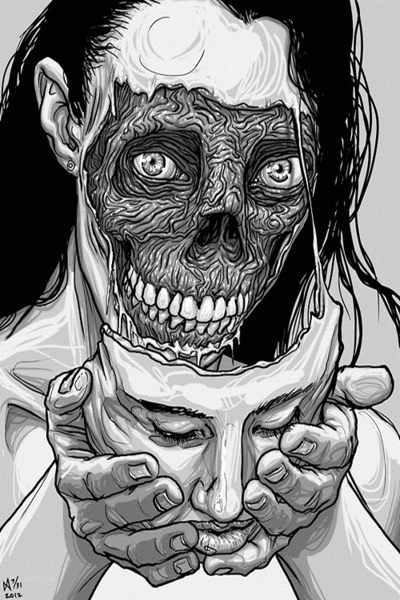 8. "If a blind man leads a blind man, both will fall into a pit..."
Blindness
Blindness is a prevalent motif in the novel. This idea recurs repeatedly to illustrate how individuals fail to realize the existing truth. Certain members of the black community refuses to see the way the white race treats them because they want to believe that the white men treating them in a positive manner. The narrator comes to realize that people in society refuse to acknowledge the reality of the truth; this denial is evident in the scenes of the book where characters are associated with the motif of blindness. In chapter one, the unnamed narrator and group of boys are forced to partake in a town event known as the battle royal. The boys fight in the battle royal wearing white blindfolds, symbolizing their powerlessness to realize their exploitation at the hands of the white race. "All of us climbed under the ropes and allowed ourselves to be blindfolded with broad bands of white cloth...I felt a sudden fit of blind terror. I was unused to the darkness" (21). The black race does not have the ability to see how the white men treat them; they feel degraded because the white establishment controls them. Ellison uses other instances in the book where imagery of blindness surfaces. For example in chapter sixteen, the narrator undergoes a moment of blindness when he addresses a large, black audience at a city rally. "I went toward the microphone...entering the spot of light that surrounded me like a seamless cage of stainless steel. I halted. The light was so strong that I could no longer see the audience, the bowl of human faces" (341). The bright spotlights prevent him from seeing the audience. In his speech, the narrator calls for an end to the blindness that causes the interracial divisions. An irony is presented in this particular scene because the readers learn that he cannot even see the audience because of the bright lights; he becomes a sightless leader of a blind audience. Thus, this illustrates that failure to see reality causes the lack of insight in the black community; the narrator struggles to end oppression.
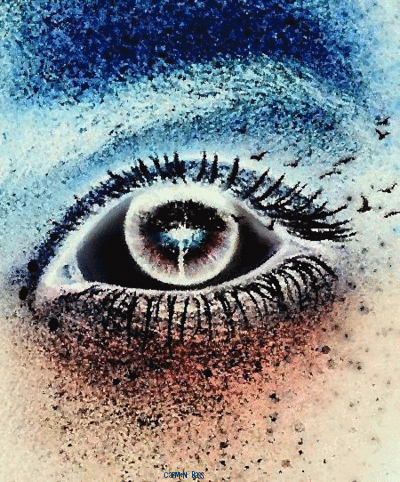 |
9. “Tomorrow night I’m giving a lecture on silence and invisibility. Don’t be surprised if I don’t show up. ”
Invisibility
The most essential motif of the novel, invisibility, ties in with the idea of blindness. Because the unnamed narrator believes people, in the world, walk and perceive matters blindly, he declares himself invisible. The motif of invisibility may bring fragility, but it can also bring free will and mobility, as evidenced of the narrator's liberty to tell his story anonymously. The narrator views invisibility as a form in which a person can safely have power over others or challenge other people's authority, without the possibility of being caught. Early in the novel, the protagonist appears to keep his opinions to himself, and proceeds to do only what he is being told to do. As the book progresses, he leaves this state and decides to put his personal power into use. He starts to fight for equality, but no one takes notice of him. In chapter fourteen, the narrator decides to accept the offer of joining the Brotherhood, after realizing how much rent he owes Mary. "And here I've been congratulating myself for refusing a job, I thought, when I don't even know how much money I owe her. I felt a quick sickness grow within me" (296). Thinking about the situation, the narrator realizes that joining the Brotherhood will not only pay his debt, but also further advance his place in society. Furthermore, he hopes to eliminate existing oppression. Once he is initiated into the party, his name and identity changes, making his personal beliefs remain invisible. At times, he wants to challenge the Brotherhood's authority and belief system, but he stays powerless because his viewpoints remain often ignored; he is just another voice in the group so as a result, his presence does not stand out from the rest. Thus, Ellison uses motif of invisibility to exemplify the obstacles faced by the narrator.
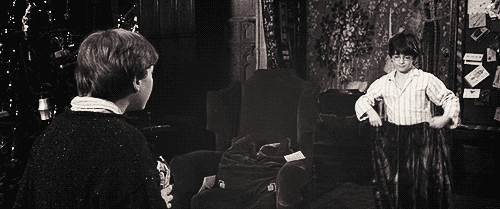
10. "What did I do, to be so black and blue?...."
Blues
In the novel, the blues are characterized by Louis Armstrong's "What Did I Do to Be So Black and Blue?" The song haunts the narrator throughout the narrative. The blues motif is also emphasized through frequent references to musical instruments, blues language (exemplified in the excerpts from black folk songs such as "Poor Robin") and references to blues singers such as Bessie Smith and to characters in the novel who sing the blues, such as Jim Trueblood and Mary Rambo. Focusing on the harsh realities of life that black men and women such as Jim and Mary overcome through their strong religious beliefs and unwavering faith that tomorrow will be a better day, Ellison's novel provides a literary counterpart to the blues. The blues provides a musical counterpart to Ellison's novel. References to the color blue also include the blues-singing cart-man's discarded blueprints, the white men's blue eyes, and the naked blonde's eyes, "as blue as a baboon's butt."
